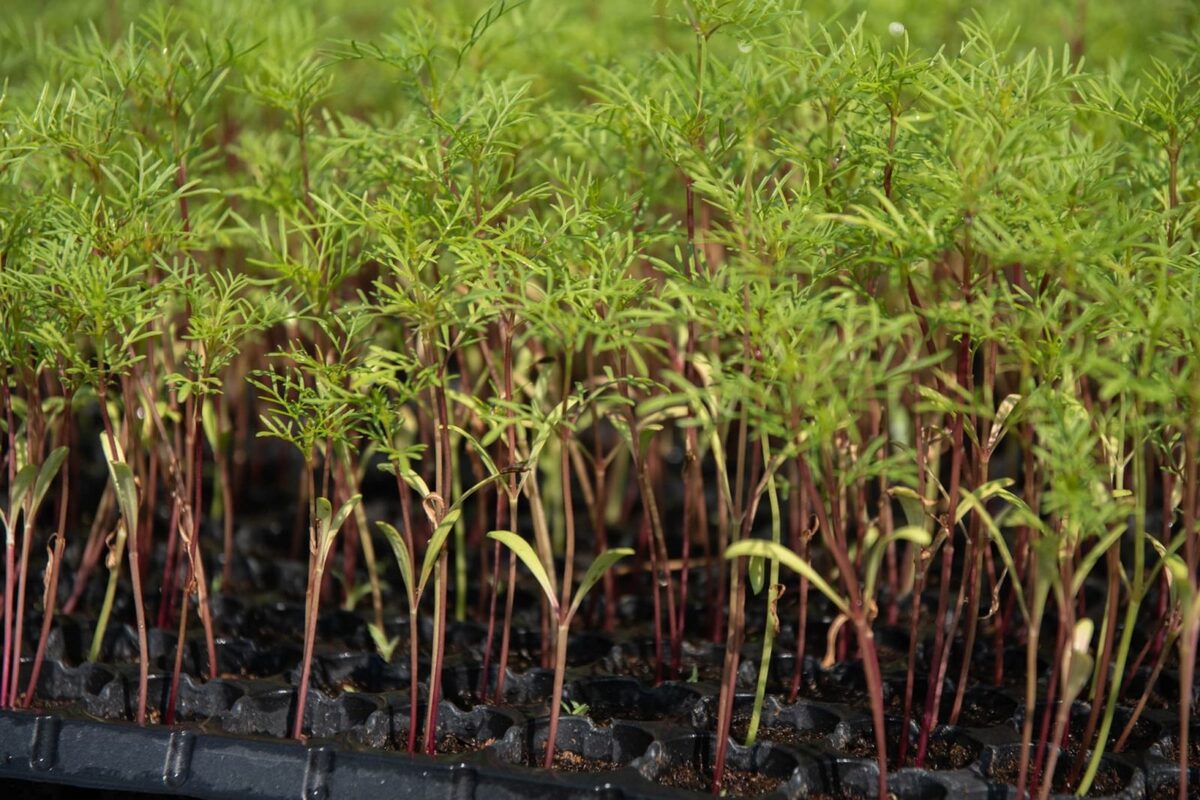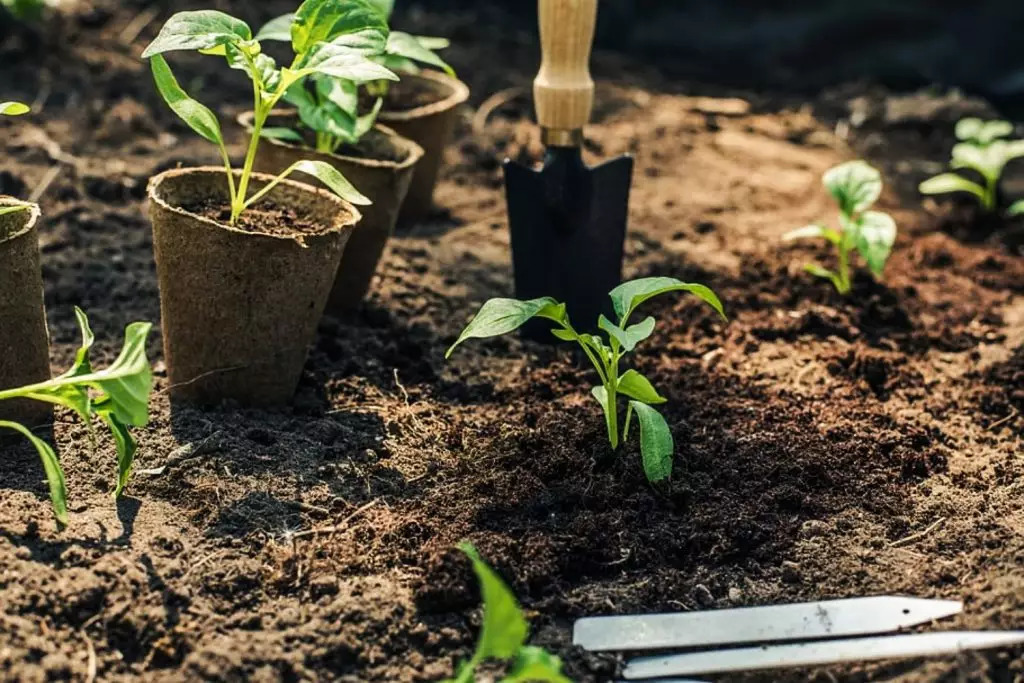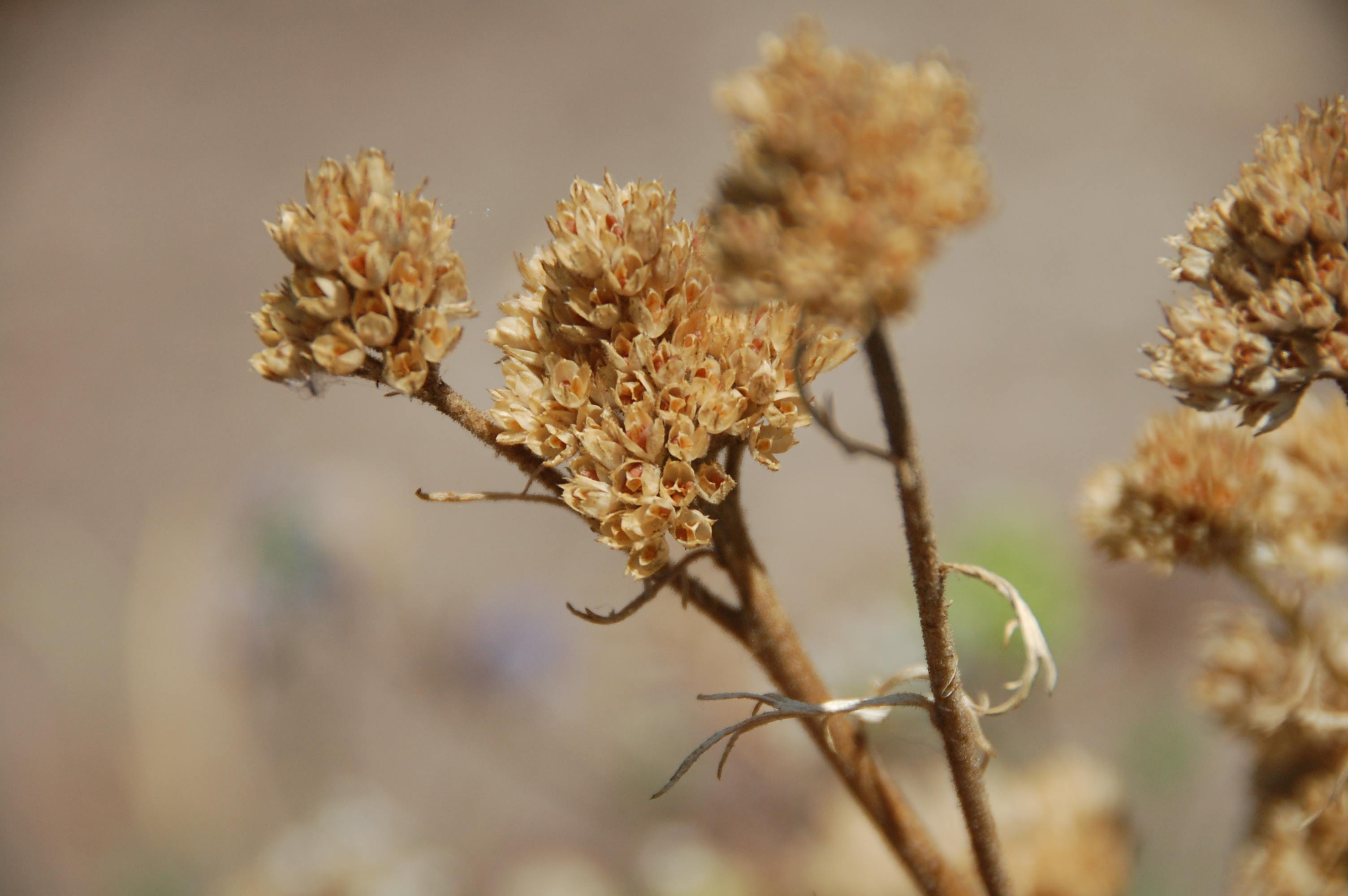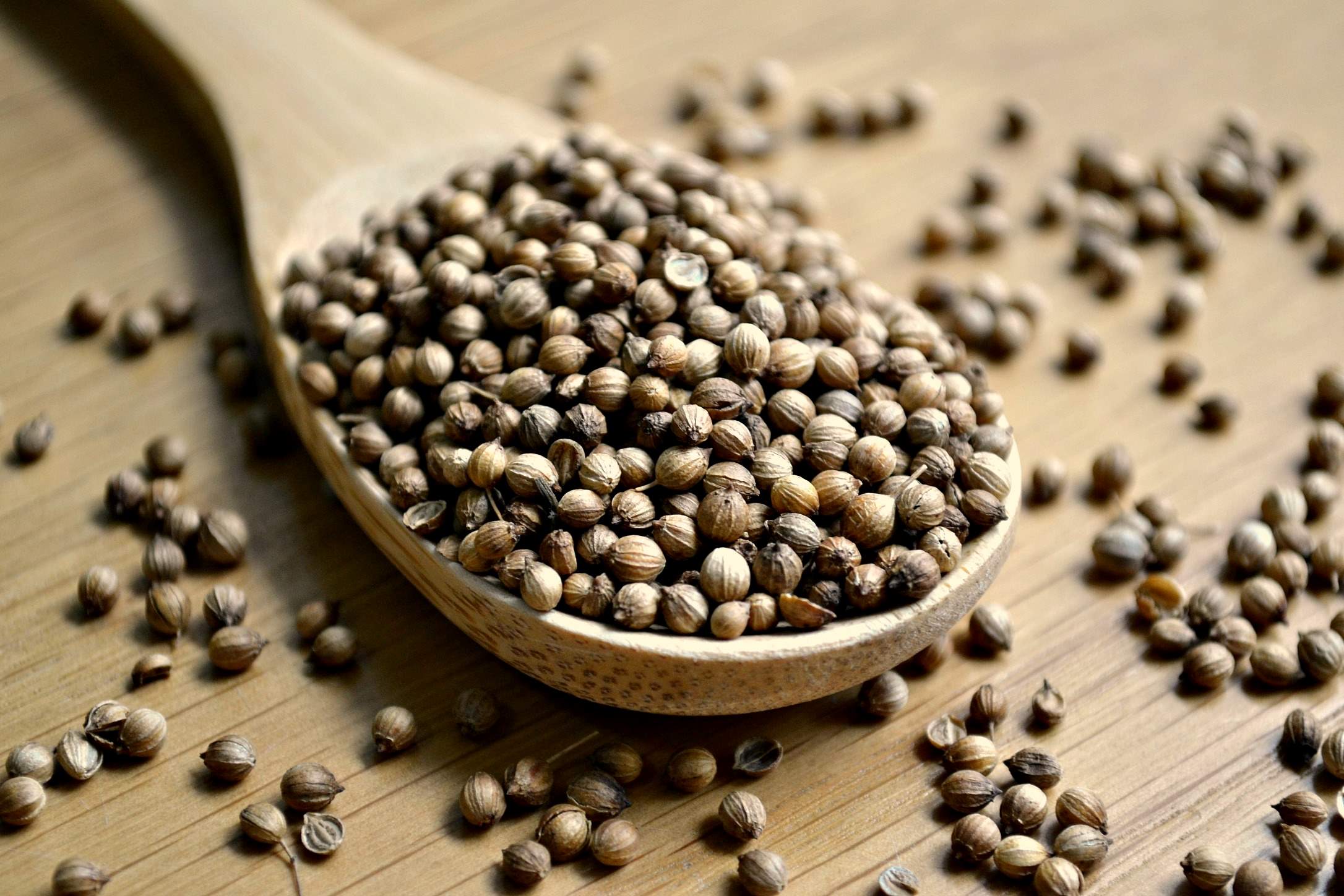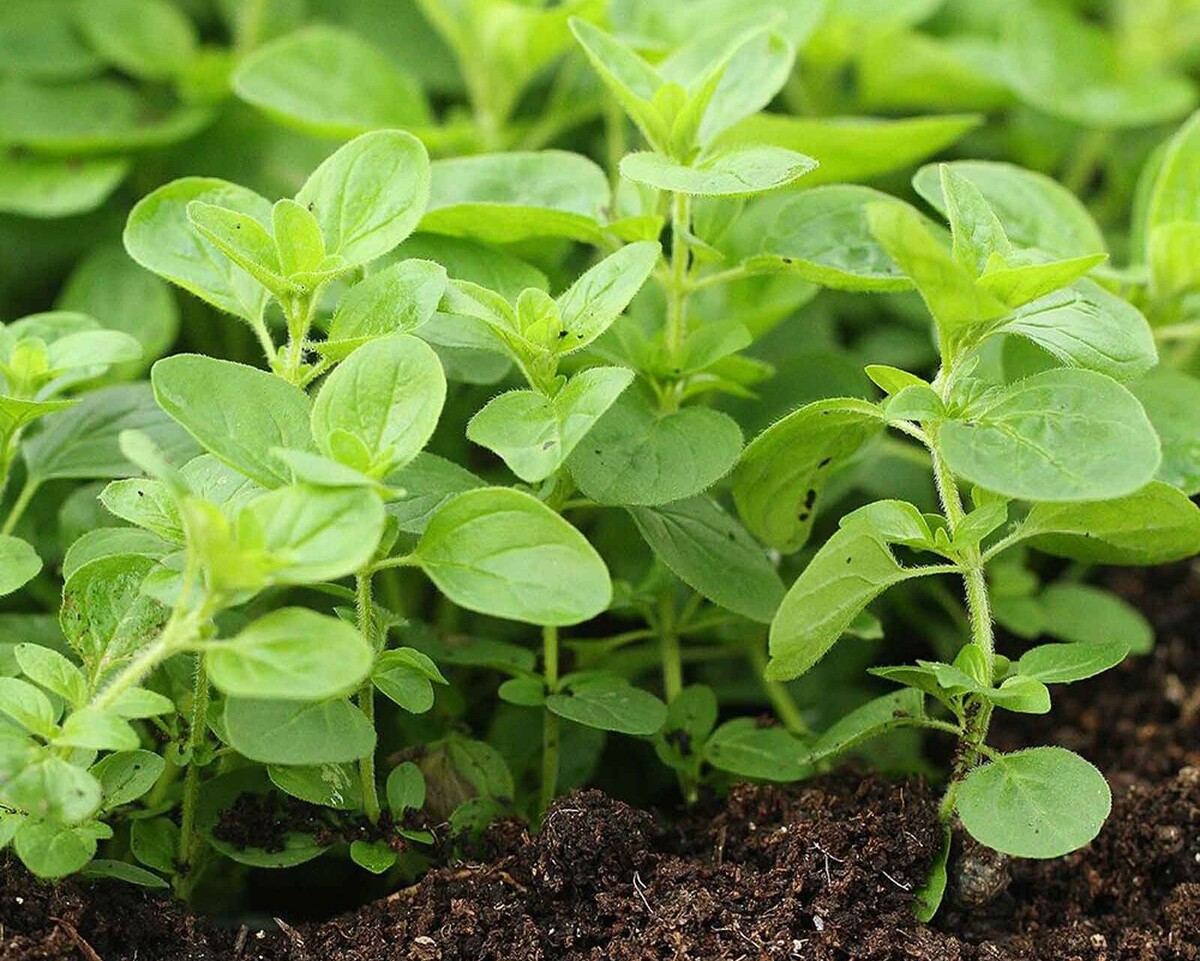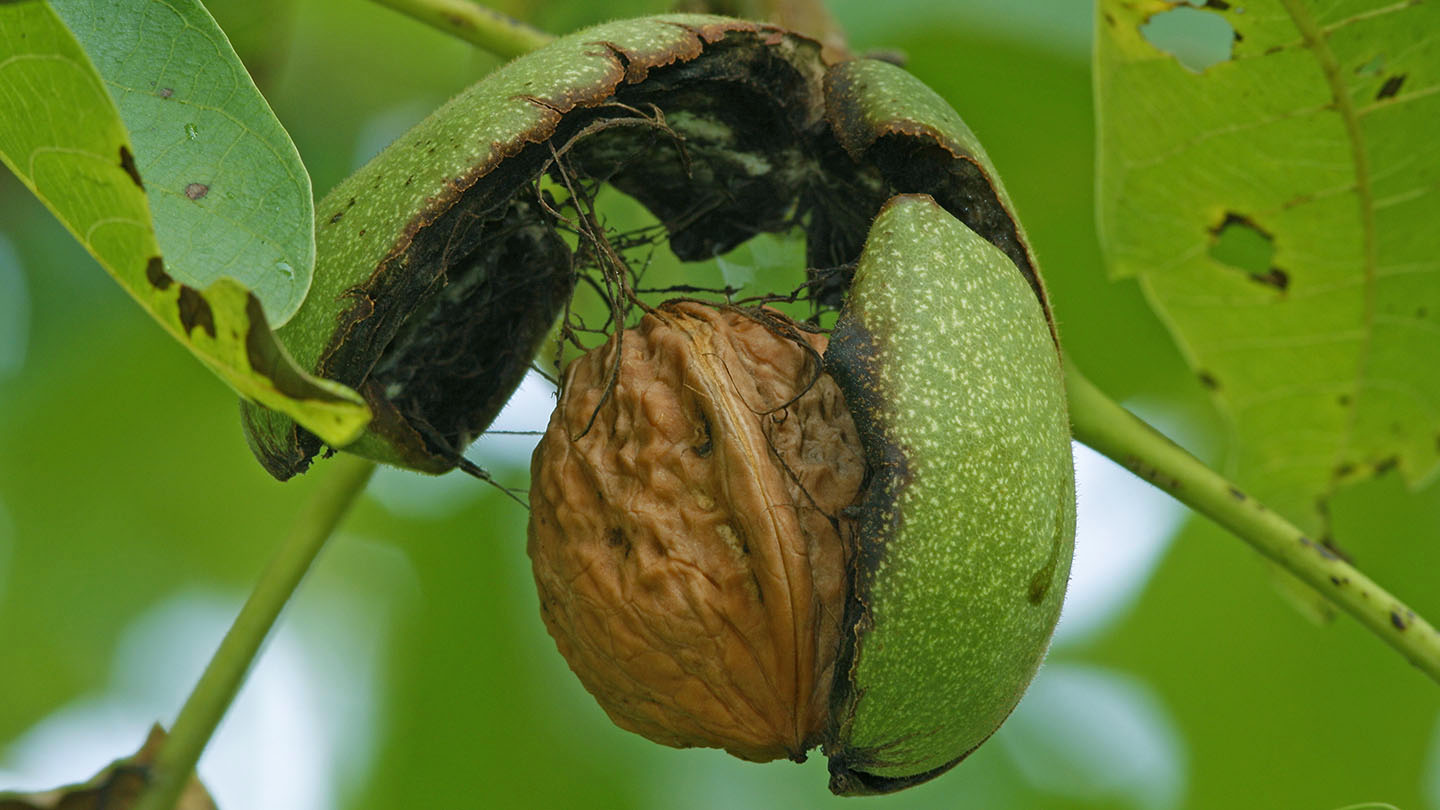Home>Types of Gardening>Edible Gardening>What Plant Looks Like Rosemary
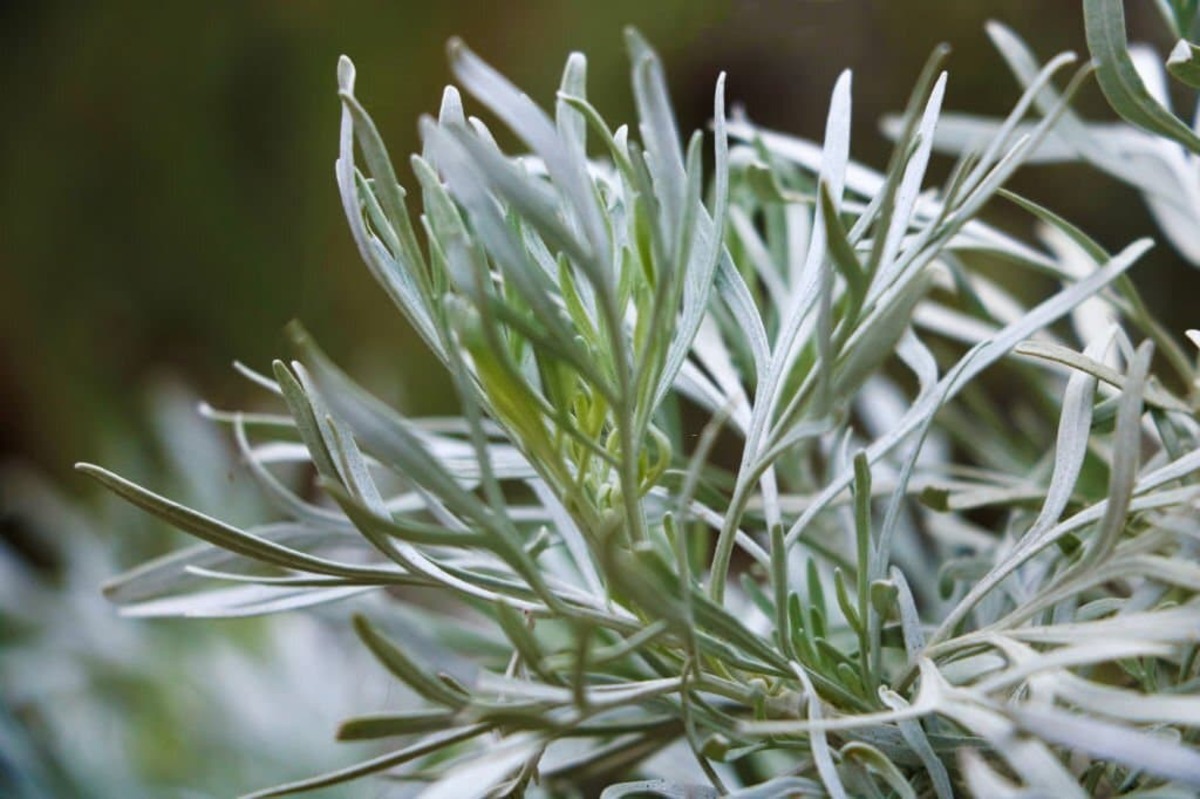

Edible Gardening
What Plant Looks Like Rosemary
Published: January 28, 2024
Discover which plants resemble rosemary and how to incorporate them into your edible garden. Explore edible gardening tips and ideas.
(Many of the links in this article redirect to a specific reviewed product. Your purchase of these products through affiliate links helps to generate commission for Chicagolandgardening.com, at no extra cost. Learn more)
Table of Contents
Introduction
Introduction
When it comes to identifying plants, the world of botany can be both fascinating and challenging. One common query that arises is, “What plant looks like rosemary?” Rosemary (Rosmarinus officinalis) is a beloved herb known for its aromatic fragrance and culinary uses. Its distinctive needle-like leaves and woody stems make it a unique addition to any garden. However, several plants bear a resemblance to rosemary, leading to confusion among gardening enthusiasts and novices alike. In this article, we will delve into the characteristics of rosemary, explore plants that resemble it, and provide guidance on how to differentiate rosemary from similar-looking species.
As we embark on this botanical exploration, we will unravel the subtle nuances and distinguishing features that set rosemary apart from its lookalikes. By the end of this journey, you will gain a deeper understanding of the visual cues and botanical traits that define rosemary, empowering you to confidently identify this cherished herb and appreciate its unique attributes.
Characteristics of Rosemary
Characteristics of Rosemary
Rosemary (Rosmarinus officinalis) is a perennial herb renowned for its aromatic foliage and culinary versatility. Understanding the key characteristics of rosemary is essential for distinguishing it from similar-looking plants. Here are the defining features of rosemary:
- Needle-Like Leaves: One of the most distinctive attributes of rosemary is its narrow, needle-shaped leaves. These leaves are dark green on top and have a silvery-white underside, creating a striking visual contrast.
- Fragrant Aroma: When the leaves of rosemary are gently crushed or brushed against, they release a delightful aroma that is often described as woody, earthy, and slightly pine-like.
- Woody Stems: Rosemary plants exhibit woody stems that become increasingly robust as the plant matures. The sturdy, upright growth habit of rosemary sets it apart from many other herbs.
- Lavender-Blue Flowers: In addition to its foliage, rosemary produces small, two-lipped flowers that typically bloom in shades of lavender, blue, or white, depending on the cultivar.
- Compact Growth: Rosemary plants are known for their compact, bushy growth, making them ideal for container gardening, herb gardens, and ornamental landscaping.
- Culinary and Medicinal Uses: Beyond its ornamental appeal, rosemary is valued for its culinary applications and potential health benefits. Its fragrant leaves are commonly used to season a variety of dishes, and rosemary-infused oils and extracts are utilized in traditional medicine and aromatherapy.
These distinguishing characteristics collectively contribute to the allure of rosemary and serve as vital identifiers when discerning it from plants that bear a resemblance.
Plants Resembling Rosemary
Plants Resembling Rosemary
While rosemary possesses unique attributes that set it apart, several plants share visual similarities, leading to occasional confusion. Understanding these lookalikes can aid in differentiating rosemary from its botanical doppelgangers. Here are some plants that resemble rosemary:
- Lavender (Lavandula spp.): Lavender, with its slender, aromatic foliage and similar growth habit, is often mistaken for rosemary. Both plants feature needle-like leaves and bear clusters of small, fragrant flowers. However, lavender leaves are typically narrower than those of rosemary, and the flowers may exhibit varying colors, including shades of purple, pink, and white.
- Spanish Lavender (Lavandula stoechas): This variety of lavender, also known as “French lavender,” shares a resemblance with rosemary due to its narrow leaves and compact growth. Its distinctive feature is the conspicuous bracts that crown the flower spikes, setting it apart from traditional rosemary.
- Common Sage (Salvia officinalis): Common sage bears a resemblance to rosemary, especially in its early growth stages. The leaves of sage are similar in shape and size to those of rosemary, but sage leaves have a more wrinkled texture and a gray-green hue. Additionally, sage produces spikes of small, tubular flowers that differ from rosemary’s blooms.
- White Sage (Salvia apiana): White sage, a sacred plant in Native American traditions, shares visual similarities with rosemary due to its narrow, silvery leaves. However, white sage leaves are broader and more elongated than those of rosemary, and the plant is renowned for its spiritual and ceremonial significance.
- Common Thyme (Thymus vulgaris): Common thyme, a versatile culinary herb, bears a resemblance to rosemary in its growth habit and foliage. Both plants feature small, aromatic leaves and are valued for their culinary applications. However, thyme leaves are more rounded and delicate compared to the needle-like foliage of rosemary.
Recognizing these plants that share visual similarities with rosemary can aid in honing your botanical discernment and appreciating the subtle distinctions that define each species.
How to Differentiate Rosemary from Similar Plants
How to Differentiate Rosemary from Similar Plants
Successfully distinguishing rosemary from its lookalikes involves keen observation and an understanding of subtle botanical nuances. Here are some key strategies to help you confidently identify rosemary amidst plants that bear a resemblance:
- Leaf Shape and Texture: Pay close attention to the shape and texture of the leaves. Rosemary leaves are needle-like and slightly resinous, with a distinct dark green color on the upper surface and a silvery-white underside. In contrast, lavender leaves are often narrower, while sage leaves may exhibit a wrinkled texture and a different coloration.
- Flower Characteristics: While both rosemary and lavender produce small, fragrant flowers, their visual differences can aid in identification. Rosemary flowers typically appear in shades of lavender-blue, while lavender blooms come in various colors, including purple, pink, and white. Additionally, sage and thyme produce distinct flower spikes that differ from rosemary’s blooms.
- Aroma and Taste: Engage your senses by gently crushing a leaf and noting the aroma. Rosemary emits a woody, earthy fragrance with hints of pine, which sets it apart from the aromatic profiles of lavender, sage, and thyme. Additionally, consider the culinary and medicinal uses of each herb, as they can provide valuable clues for differentiation.
- Growth Habit and Size: Observe the overall growth habit and size of the plant. Rosemary exhibits a compact, upright growth with woody stems, making it ideal for hedging and container gardening. Lavender, sage, and thyme may display varying growth habits and sizes, with lavender often featuring a more sprawling growth pattern.
- Cultural and Historical Significance: Delve into the cultural and historical contexts of each plant. For example, white sage holds spiritual significance in Native American traditions, while rosemary has been revered for centuries in culinary, medicinal, and symbolic contexts.
By embracing these strategies and immersing yourself in the captivating world of botanical observation, you can refine your ability to differentiate rosemary from visually similar plants, deepening your appreciation for the unique characteristics of each species.
Conclusion
Conclusion
Embarking on the journey to discern what plant looks like rosemary has unveiled a realm of botanical intricacies and visual resemblances. As we navigate the landscape of aromatic herbs and ornamental plants, it becomes evident that rosemary, with its needle-like leaves, fragrant allure, and culinary prominence, stands as a distinctive botanical gem. While encountering plants that bear a resemblance to rosemary may initially spark confusion, the art of differentiation unveils a tapestry of subtle nuances and sensory revelations.
By delving into the characteristics of rosemary and exploring its botanical companions, we have gained a deeper appreciation for the art of plant identification. The needle-like leaves of rosemary, coupled with its woody stems and lavender-blue flowers, serve as enduring hallmarks that set it apart from lookalike species such as lavender, sage, and thyme. Engaging our senses and embracing the historical and cultural significance of each plant enriches our botanical pursuits, allowing us to savor the distinct attributes that define each species.
As we conclude this botanical odyssey, let us carry forth a newfound sense of discernment and admiration for the diverse tapestry of plant life. Whether tending to an herb garden, cultivating ornamental landscapes, or simply reveling in the splendor of nature, our journey to differentiate rosemary from similar plants has illuminated the beauty of botanical diversity and the joy of keen observation.
